Vedic science, rooted in ancient Hindu texts like the Vedas and the Bhagavad Gita, offers profound insights into the nature of consciousness and its role in the universe. These scriptures emphasize that consciousness is not merely a product of the brain but a fundamental aspect of existence, permeating every aspect of the cosmos. In this article, we delve into the teachings of the Bhagavad Gita to explore the significance of consciousness in understanding the universe.
The Nature of Consciousness:
According to the Bhagavad Gita, consciousness is not confined to individual beings but is universal and all-pervading. It is the essence of existence itself, transcending the limitations of time, space, and individual identity. The text describes consciousness as the substratum of reality, the underlying fabric that connects all living beings and the cosmos. The Bhagavad Gita, one of the most revered texts in Vedic philosophy, offers profound insights into the nature of consciousness. Here’s a closer look at how the Gita conceptualizes consciousness:
Universal and All-Pervading: According to the Bhagavad Gita, consciousness is not limited to individual beings but permeates the entire universe. It is omnipresent, existing in every particle of creation, and transcends all boundaries of time and space. This universal aspect of consciousness implies that it is the essence of everything that exists.
Essence of Existence: In the Gita, consciousness is portrayed as the fundamental essence of existence itself. It is the substratum upon which the entire cosmos is built, providing the underlying framework for all manifestations of reality. From the smallest atom to the vast expanse of the cosmos, everything emerges from and is sustained by consciousness.
Transcendence of Limitations: Consciousness, as described in the Gita, transcends the limitations of individual identity. It is not confined to the boundaries of the physical body or the confines of the ego. Instead, it is eternal and unbounded, existing beyond the realm of birth and death, and beyond the fluctuations of the mind and emotions.
Connective Fabric: The Gita teaches that consciousness serves as the connective fabric that unites all living beings and the cosmos. It is the common thread that binds together the diverse manifestations of life, fostering a sense of unity and interconnectedness among all beings. This recognition of the interconnected nature of consciousness promotes harmony, compassion, and reverence for all forms of life.
Path to Liberation: Understanding the true nature of consciousness is central to the spiritual journey outlined in the Bhagavad Gita. By realizing the universal and timeless nature of consciousness, individuals can transcend the cycle of birth and death and attain liberation (moksha). Through self-realization and knowing the relationship with the absolute, one can attain the ultimate reality of consciousness and experience the bliss of eternal existence.
Consciousness as the Cosmic Self:
In the Bhagavad Gita, Sri Krishna teaches Arjuna about the concept of the Ātmā, the individual soul, and its relationship to the Paramātmā, the Supreme Soul or Cosmic Consciousness. The Ātmā is described as a spark of the divine, eternal and unchanging, while the Paramātmā is the universal consciousness that sustains and pervades the entire cosmos. This realization of the relation between the individual soul and the cosmic consciousness leads to perfection or Moksha. The teachings of Sri Krishna to Arjuna in the Bhagavad Gita encompass profound insights into the nature of the individual soul (Ātmā) and its relationship with the Supreme Soul or Cosmic Consciousness (Paramātmā). Here’s a short exploration of these concepts:
Ātmā – The Individual Soul: In the Bhagavad Gita, the Ātmā is described as the eternal essence of the individual being. It is the true self, distinct from the physical body, mind, and ego. The Ātmā is characterized by qualities such as consciousness, bliss, and unchanging reality. It is immortal and unaffected by the processes of birth and death. Sri Krishna teaches Arjuna that the Ātmā is indestructible and transcends the limitations of the material world.
Paramātmā – The Supreme Soul: The Paramātmā, on the other hand, is the universal consciousness that pervades and sustains the entire cosmos. It is the ultimate reality, the divine presence that exists beyond the realm of individual existence. The Paramātmā is described as omnipresent, omnipotent, and omniscient, encompassing all aspects of creation. Sri Krishna reveals to Arjuna that the Paramātmā resides within all beings as the inner controller and witness of their actions.
Unity of Ātmā and Paramātmā: The Bhagavad Gita emphasizes the essential understanding of relation between the individual soul (Ātmā) and the Supreme Soul (Paramātmā). While the Ātmā appears to be separate and distinct, it is ultimately identical to the Paramātmā in its essence. Sri Krishna teaches Arjuna that realizing this inherent similarity is the key to the path of perfection. By understanding that the Ātmā is a fragment of the Paramātmā, individuals can transcend the cycle of birth and death and uplift themselves from the cycle of Samsara (rebirth).
The Bhagavad Gita expounds the profound truths of the Ātmā and Paramātmā, guiding individuals on a transformative spiritual journey towards self-realization and liberation. Through the teachings of Sri Krishna, Arjuna, and the timeless wisdom of the Gita, seekers are encouraged to explore the depths of their own consciousness and awaken to the eternal truth of their divine nature.
Manifestation of the Universe:
The Bhagavad Gita elucidates that the universe is not separate from consciousness but is a manifestation of it. Just as waves arise from the ocean and return to it, the cosmos emerges from the cosmic consciousness and ultimately dissolves back into it. Every aspect of creation, from the smallest atom to the vast galaxies, is imbued with consciousness and exists within the cosmic play of the divine.
Cosmic Manifestation from Consciousness: According to the Bhagavad Gita, the universe arises from the cosmic consciousness, much like waves emerge from the ocean. The entire cosmos, with its myriad forms and phenomena, is a manifestation of the divine consciousness. Just as waves are inseparable from the ocean, the universe is inseparable from consciousness. This cosmic manifestation is referred to as Lila, the divine play of the Supreme.
Immanence of Consciousness: The Gita teaches that consciousness pervades every aspect of creation. It is not limited to sentient beings alone but is immanent in all existence, from the smallest particles to the vast expanses of space. This immanence of consciousness implies that every form, every entity, and every event in the universe is infused with divine awareness.
Unity in Diversity: Despite the apparent diversity and multiplicity in the universe, the Bhagavad Gita emphasizes the underlying unity that binds all of creation together. Just as different waves may appear distinct on the surface of the ocean, they are ultimately composed of the same water. Similarly, all beings and phenomena in the cosmos are expressions of the same divine consciousness.
Cyclical Nature of Creation: The Gita describes the cyclical nature of creation, wherein the universe undergoes cycles of manifestation and dissolution. Just as waves rise and fall in the ocean, the cosmos emerges from consciousness, sustains its existence for a time, and eventually returns to its source. This cyclical process is inherent in the cosmic order and reflects the eternal play of the divine. From the perspective of consciousness, the entire universe is a dynamic interplay of forces, energies, and expressions of divine creativity.
In essence, the Bhagavad Gita teaches that consciousness is the substratum of reality, and the universe is a manifestation of this divine consciousness. By recognizing the inherent unity between consciousness and creation, individuals can gain deeper insights into the nature of existence and their place within the cosmic order.
Consciousness and Creation: In Vedic cosmology, consciousness is not only the source but also the sustainer and destroyer of the universe. The Bhagavad Gita describes the cyclical nature of creation, where the cosmos undergoes cycles of manifestation and dissolution, guided by the cosmic consciousness. This eternal process of creation and destruction is orchestrated by the divine intelligence inherent in consciousness.
Practical Implications:
Understanding the significance of consciousness in Vedic science has practical implications for human life. The Bhagavad Gita teaches the importance of self-realization and spiritual growth, which involves transcending the limitations of the ego and realizing one’s true nature as consciousness. By cultivating awareness and mindfulness, individuals can align themselves with the cosmic order and experience inner peace and harmony.
Self-Realization and Spiritual Growth: The Bhagavad Gita emphasizes the importance of self-realization, which entails transcending the ego and recognizing one’s true nature as consciousness or the Ātmā. By understanding that the essence of the self is divine and eternal, individuals can embark on a journey of spiritual growth, seeking to realize their inherent connection to the cosmic consciousness.
Cultivating Awareness and Mindfulness: Central to the path of self-realization is the cultivation of awareness and mindfulness. Through practices such as meditation, introspection, and self-inquiry, individuals can develop greater awareness of their thoughts, emotions, and actions. This heightened consciousness enables them to disidentify from the fluctuations of the mind and gain insight into their true nature beyond the ego.
Alignment with Cosmic Order: As individuals deepen their understanding of consciousness, they naturally align themselves with the cosmic order or Dharma. Dharma encompasses the inherent principles that govern the universe and governs the harmonious functioning of all beings. By living in accordance with Dharma, individuals contribute to the greater harmony and balance of the cosmos.
Experience of Inner Peace and Harmony: Through self-realization and alignment with the cosmic order, individuals experience inner peace and harmony. By transcending the fluctuations of the mind and recognizing their unity with the divine, they cultivate a sense of serenity and equanimity that is unaffected by external circumstances. This inner peace becomes the foundation for a fulfilling and meaningful life.
Practical Application in Daily Life: The teachings of the Bhagavad Gita on consciousness are not confined to spiritual practices alone but can be applied in all aspects of daily life. Whether at work, in relationships, or facing challenges, individuals can draw upon their awareness of consciousness to navigate life with clarity, compassion, and wisdom. Here are some ways individuals can apply these teachings in their everyday experiences:
- Work and Career: In the professional realm, individuals can apply the principles of consciousness to enhance productivity, creativity, and overall well-being. By cultivating mindfulness and presence in their work, individuals can increase focus, reduce stress, and make clearer decisions. Moreover, recognizing the interconnectedness of all beings, individuals can approach their work with compassion and integrity, striving to contribute positively to their colleagues, customers, and society as a whole.
- Relationships: Consciousness teachings can deeply enrich interpersonal relationships by fostering empathy, understanding, and harmony. By recognizing the inherent divinity in oneself and others, individuals can cultivate compassion and respect in their interactions. Moreover, understanding the transient nature of individual identities, individuals can navigate conflicts with patience and forgiveness, recognizing the deeper unity that transcends apparent differences.
- Facing Challenges: When confronted with challenges and adversities, individuals can draw upon the teachings of consciousness to maintain resilience and equanimity. By understanding that external circumstances are impermanent and ultimately arise from the cosmic play of consciousness, individuals can develop a sense of detachment and perspective. This allows them to respond to challenges with grace and wisdom, recognizing them as opportunities for growth and transformation.
- Decision-Making: Consciousness teachings can guide individuals in making ethical and responsible decisions aligned with their inner values and principles. By tuning into their inner wisdom and intuition, individuals can discern the most appropriate course of action that serves the highest good of all concerned. Moreover, by recognizing the interconnectedness of all beings, individuals can consider the broader implications of their decisions on the welfare of others and the environment.
- Daily Practices: Incorporating daily practices such as meditation, mindfulness, and self-reflection can deepen one’s awareness of consciousness and its transformative power. By dedicating time each day to quiet the mind, individuals can cultivate inner peace, clarity, and insight. These practices serve as a foundation for navigating daily life with presence, authenticity, and spiritual alignment.
In essence, the teachings of consciousness from the Bhagavad Gita offer a practical framework for living a meaningful, purposeful, and harmonious life in all aspects of daily existence. By integrating these teachings into their everyday experiences, individuals can cultivate greater clarity, compassion, and wisdom, leading to personal fulfillment and collective well-being.
Conclusion:
In conclusion, Vedic science offers profound insights into the nature of consciousness and its role in understanding the universe. The Bhagavad Gita, as a central text of Hindu philosophy, elucidates the universal nature of consciousness and its manifestation in the cosmos. By exploring these teachings, individuals can deepen their understanding of reality and embark on a journey of spiritual awakening and self-discovery.
For Full PDF: DOI: 10.17632/9fz7tvbbht.1
Views: 461
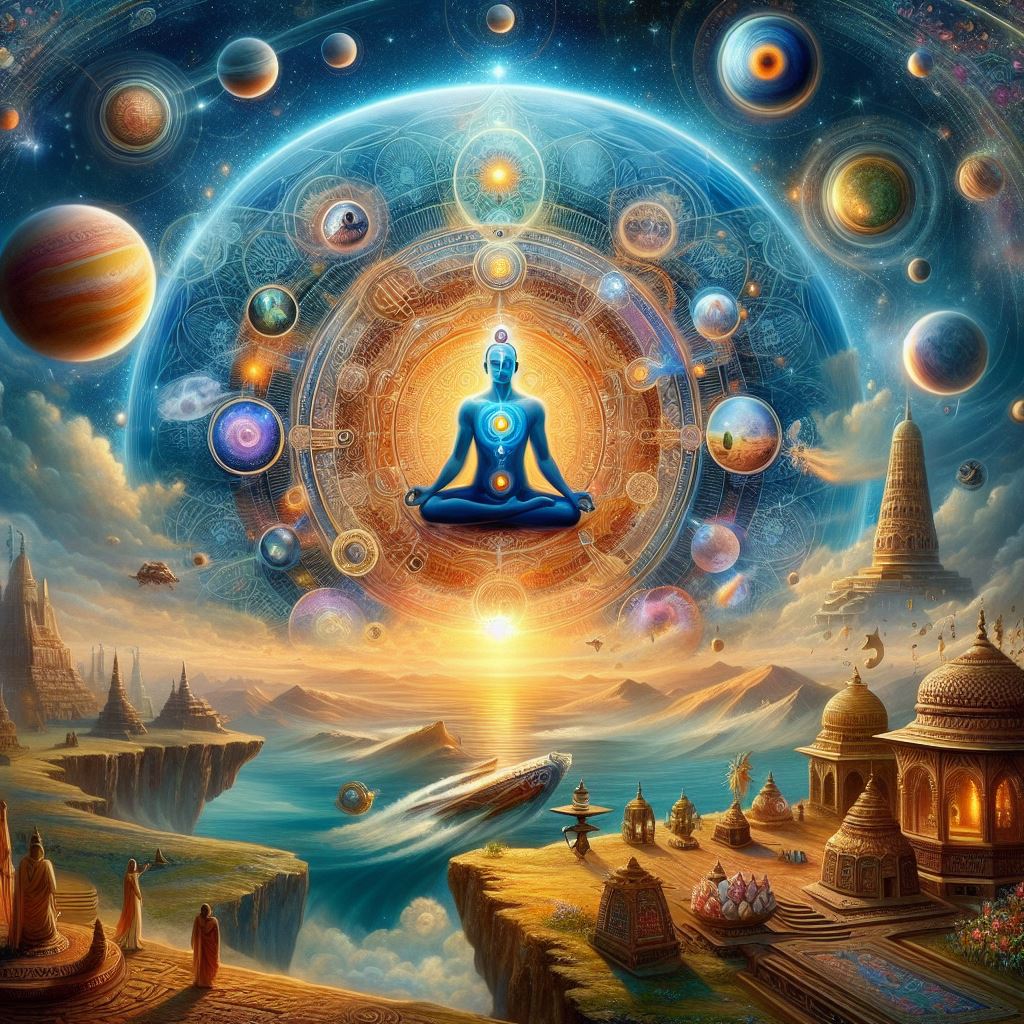
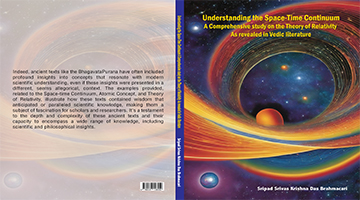
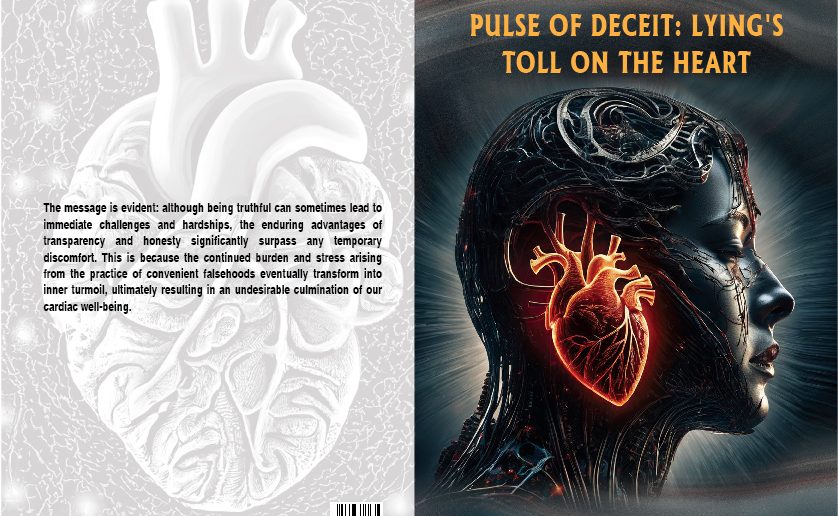
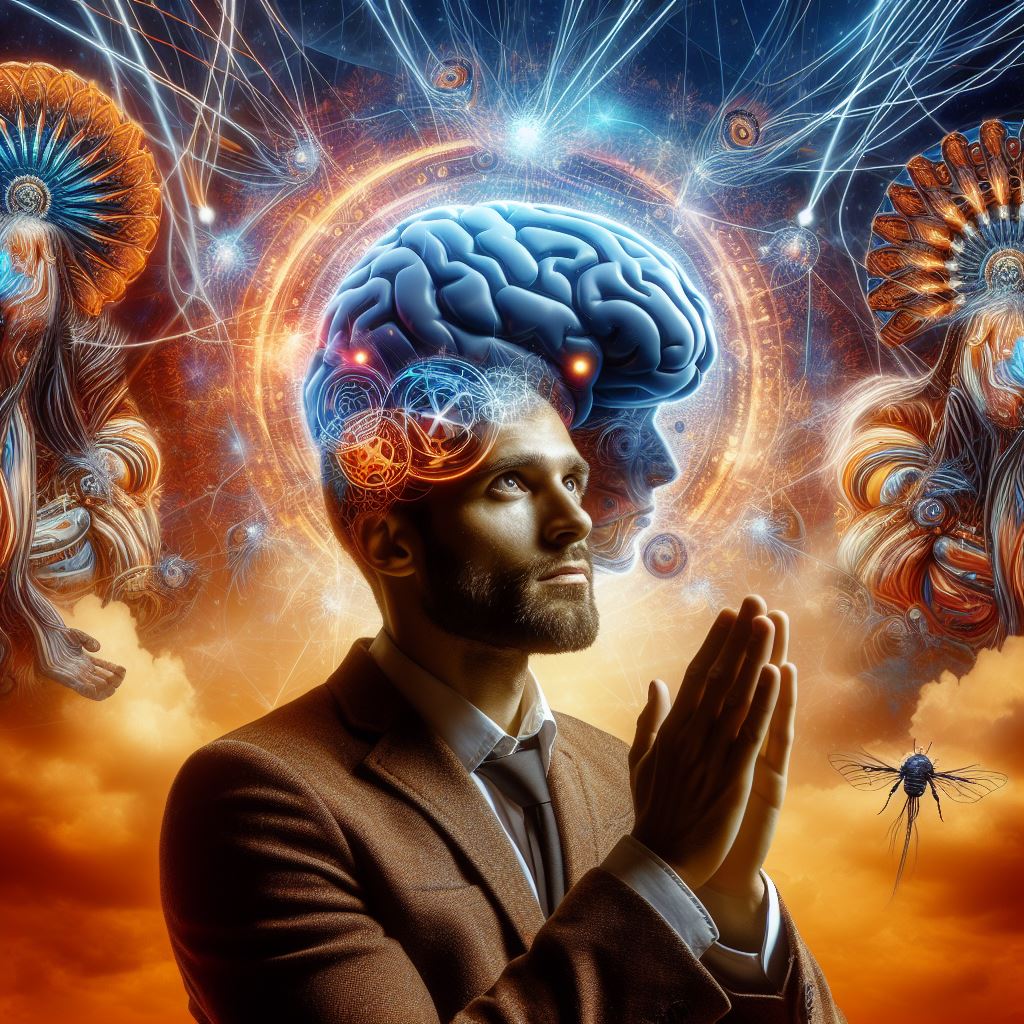










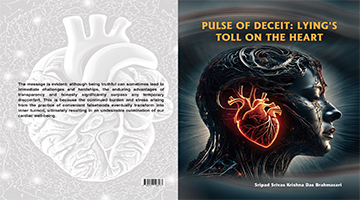
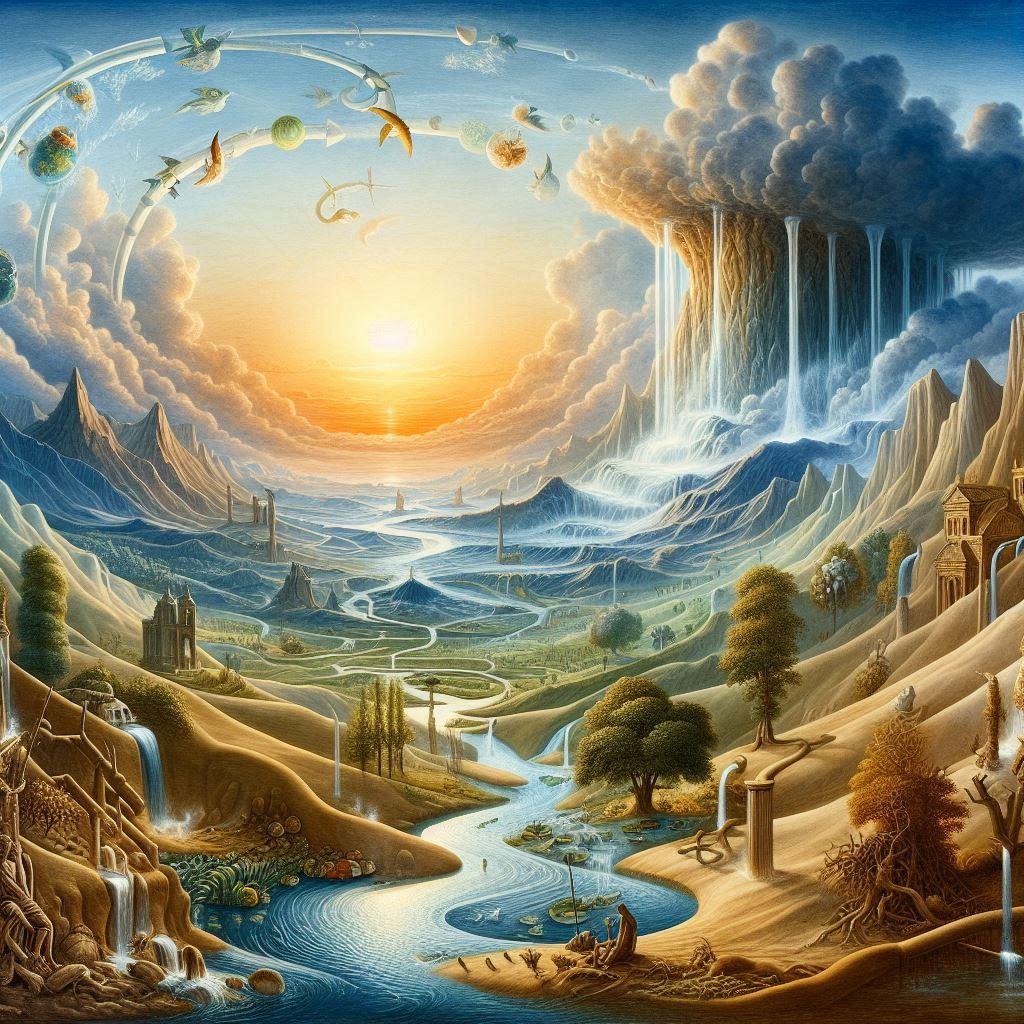






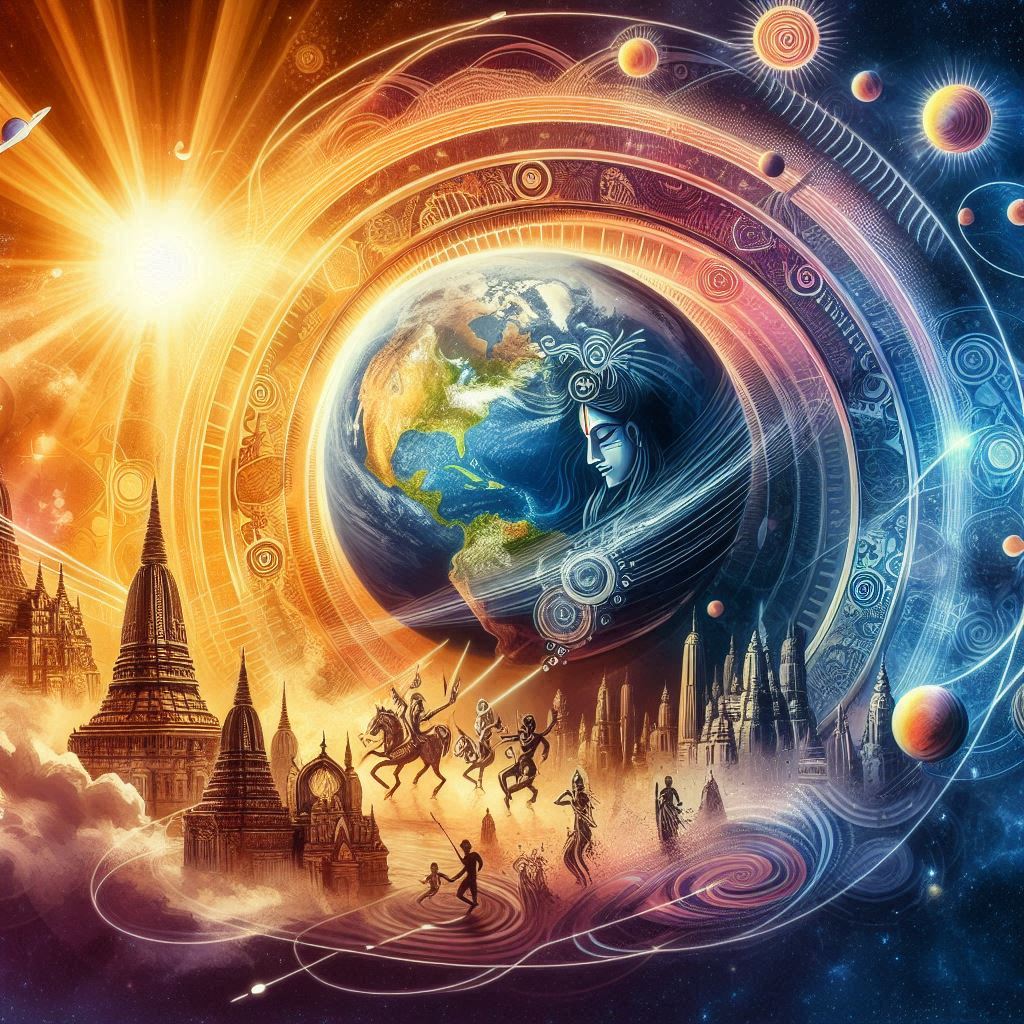
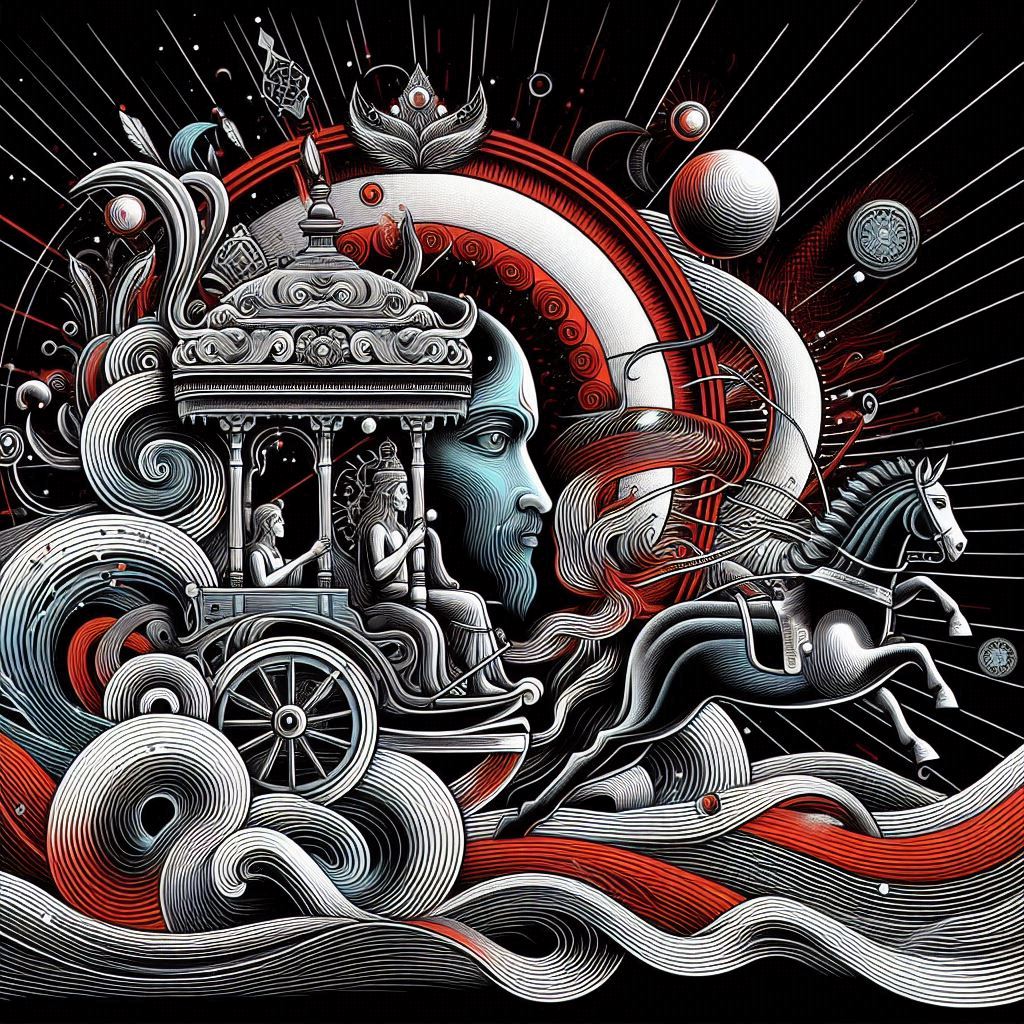
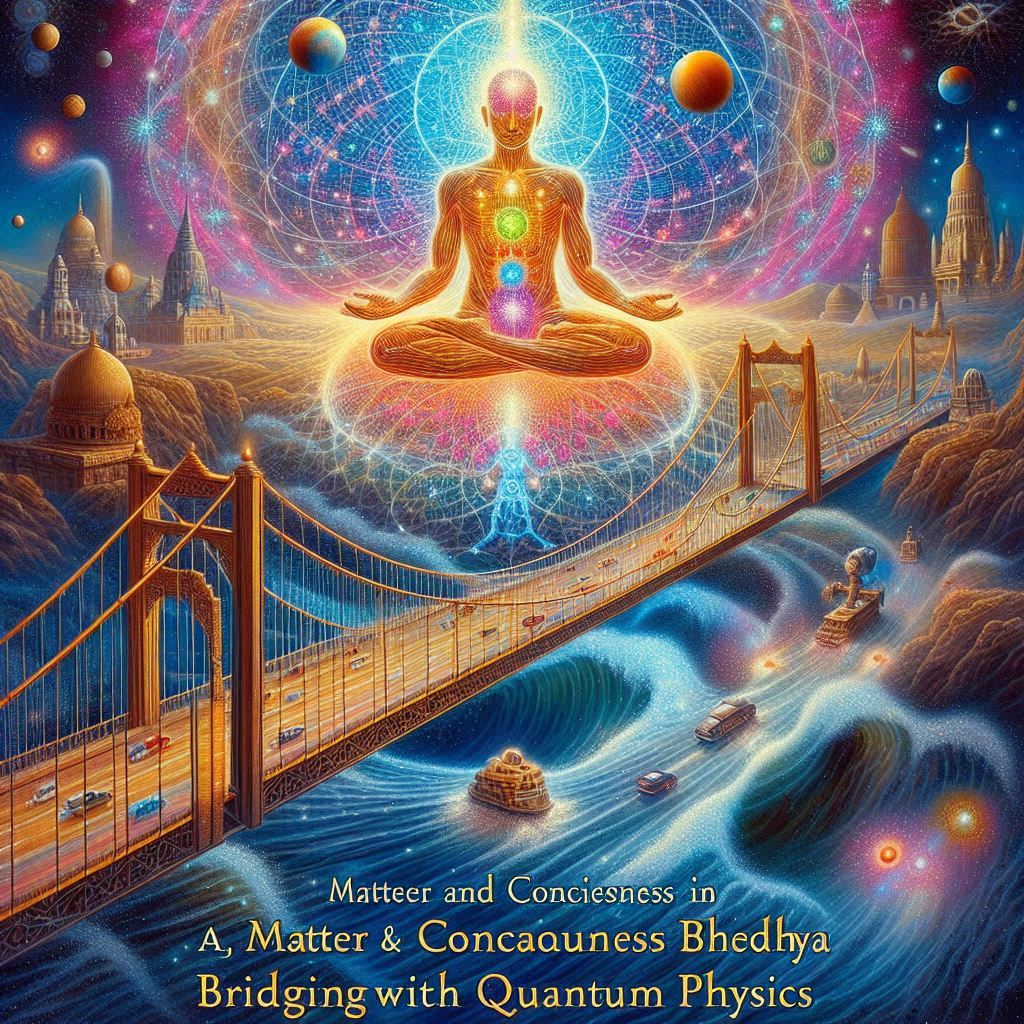
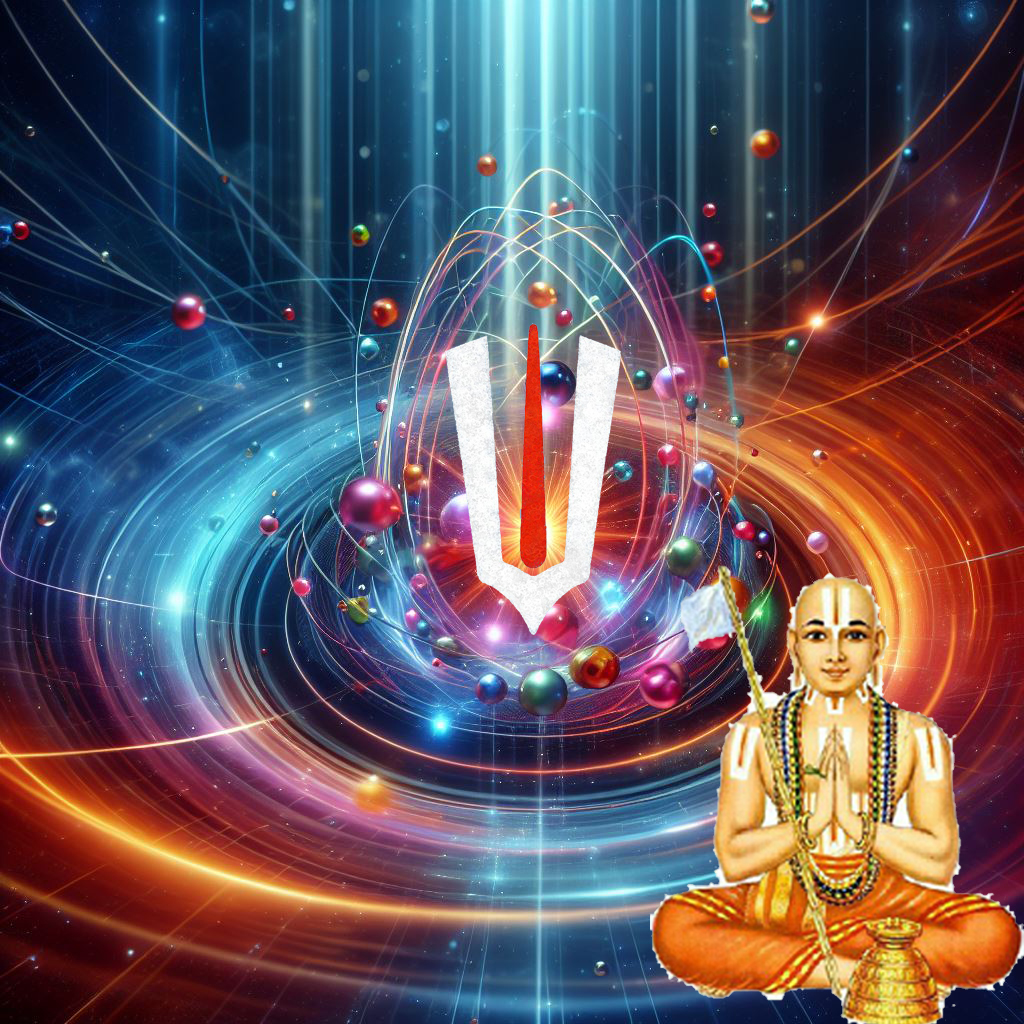

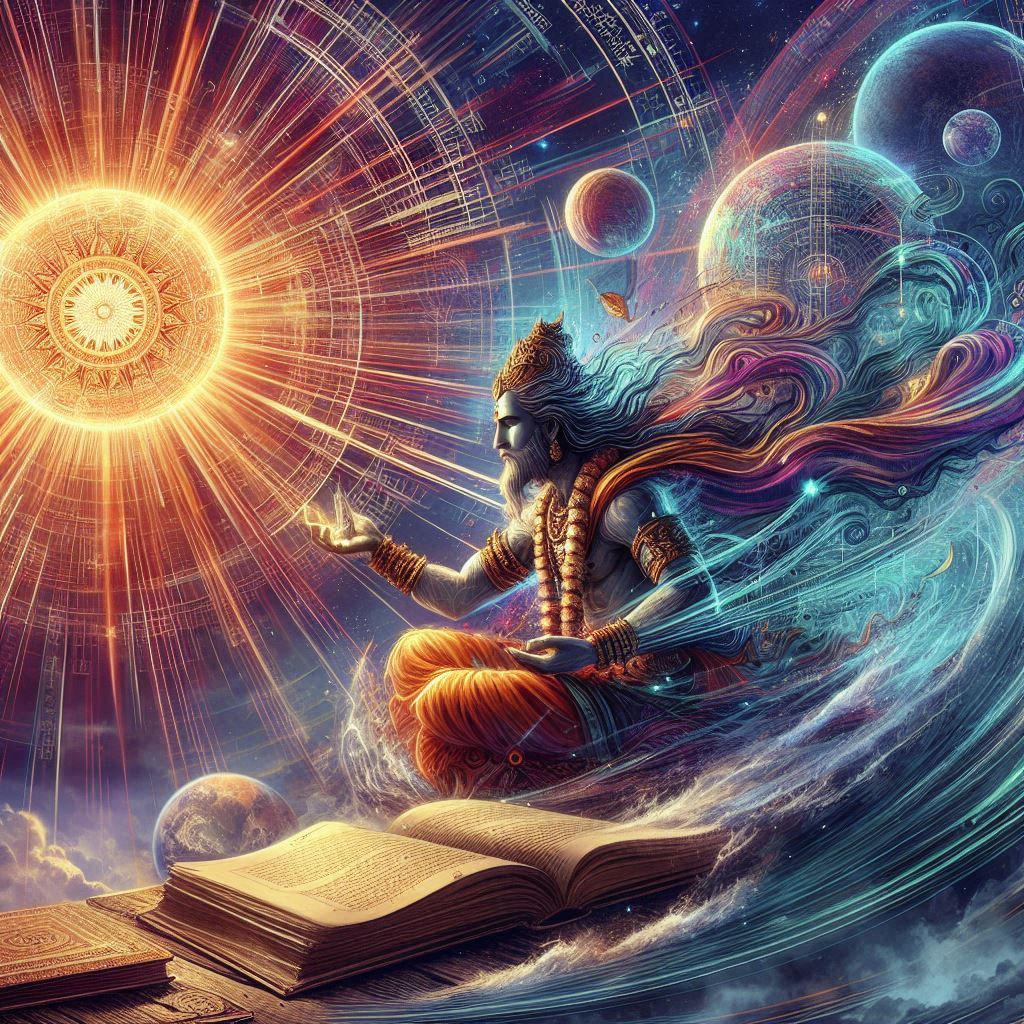
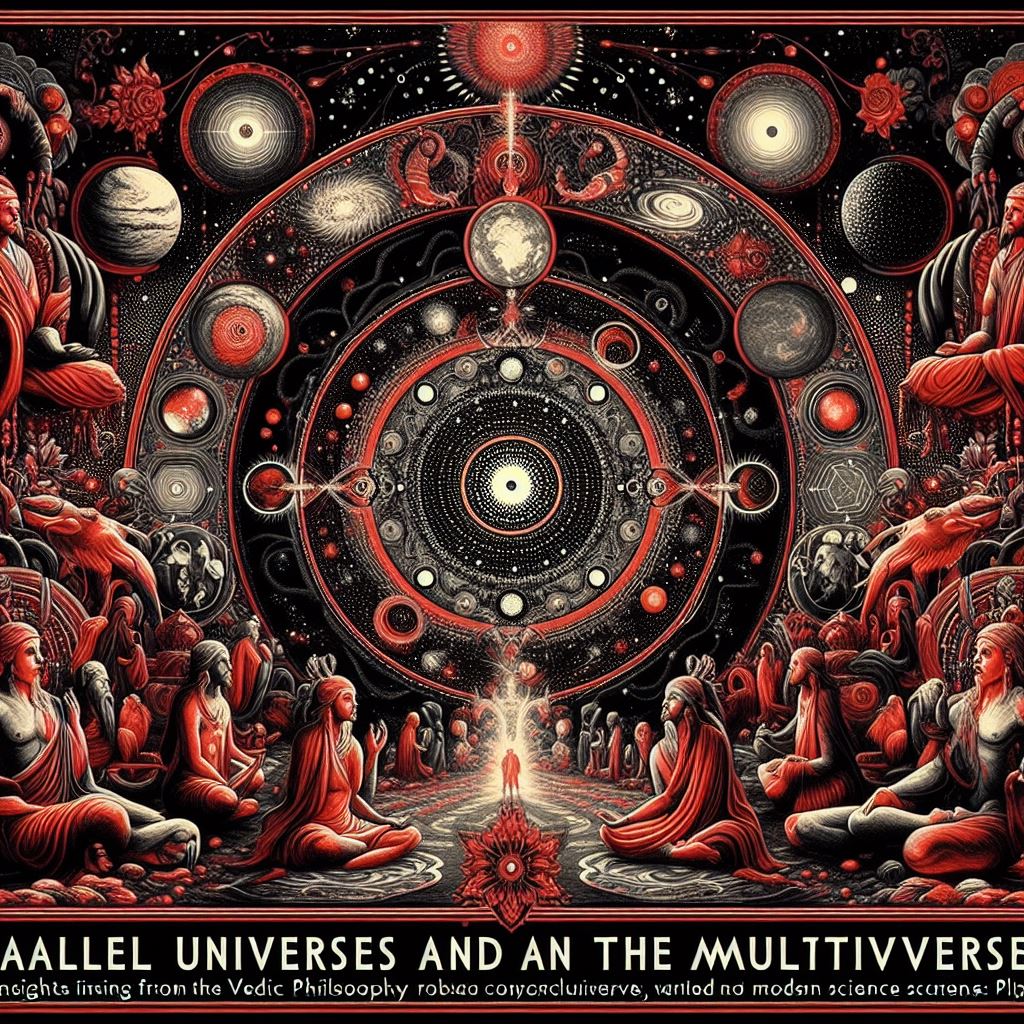
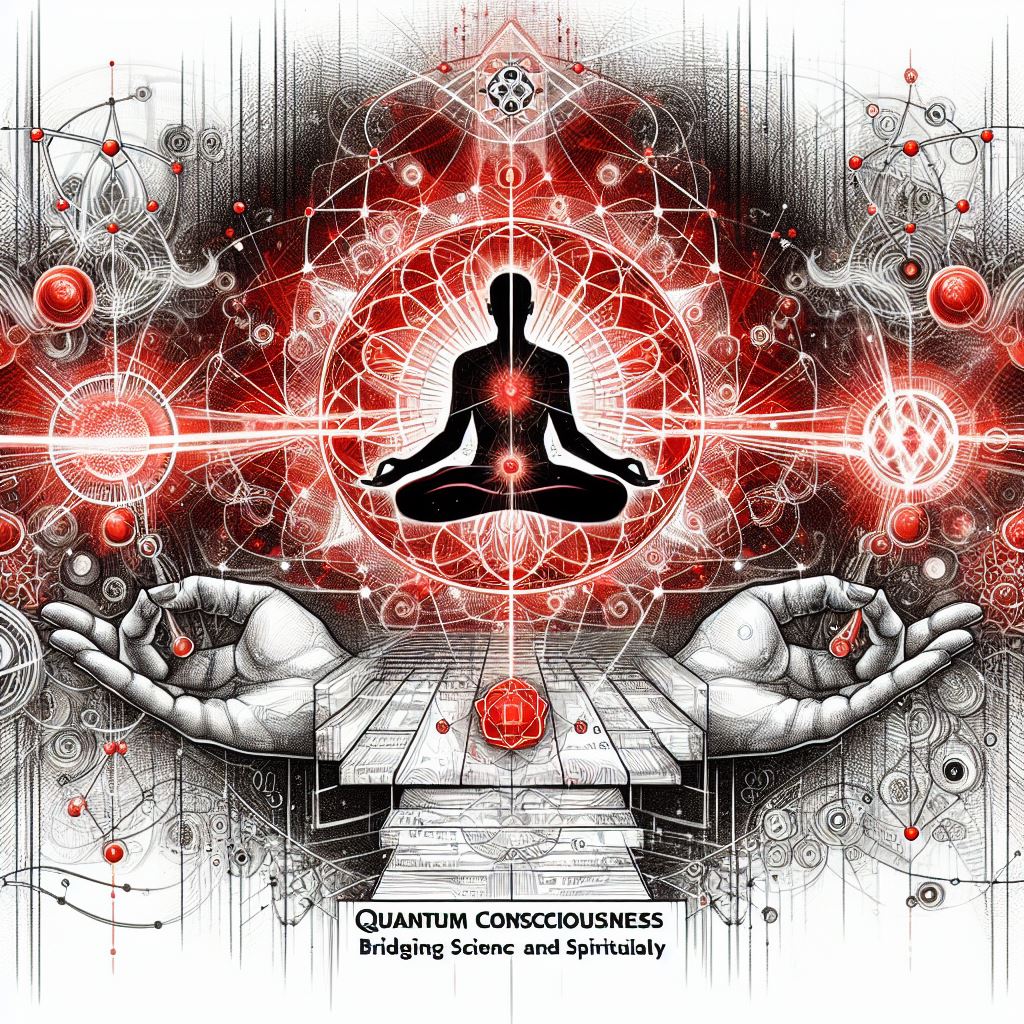
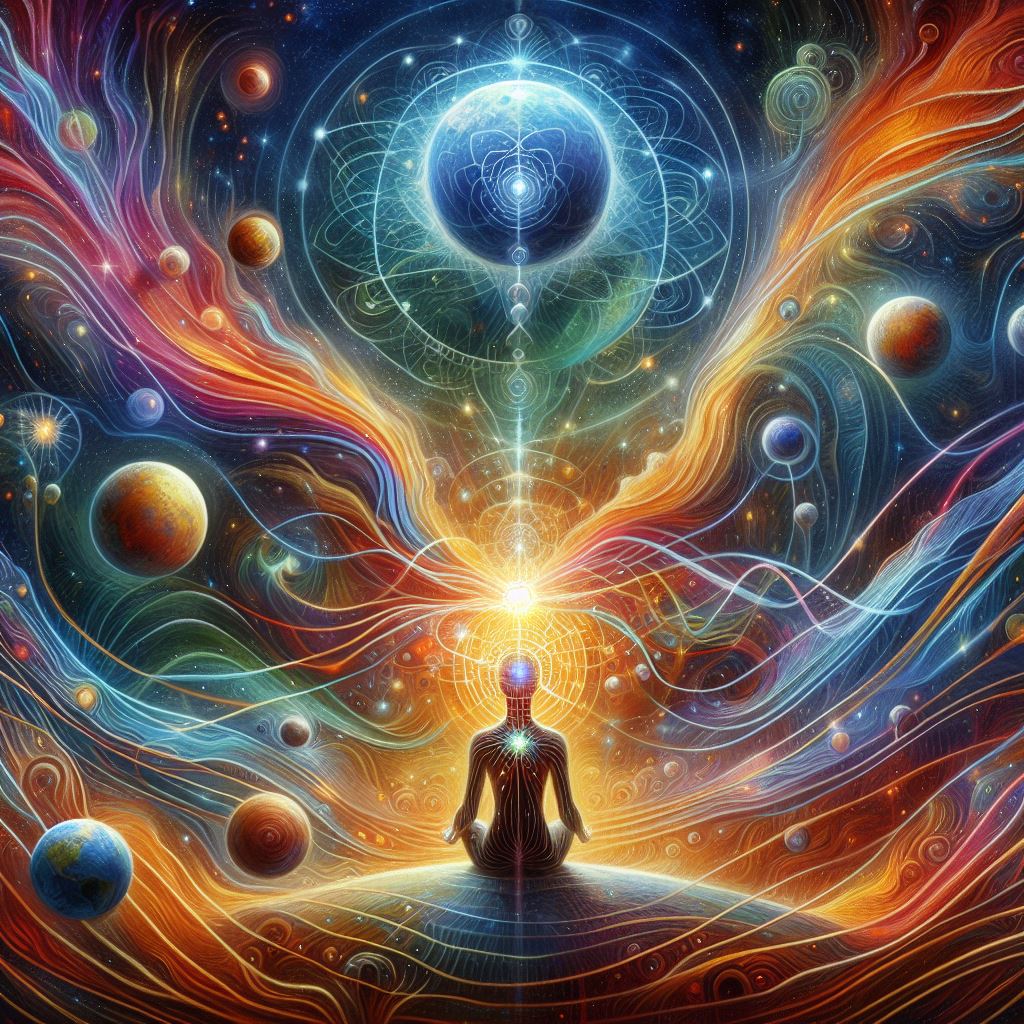
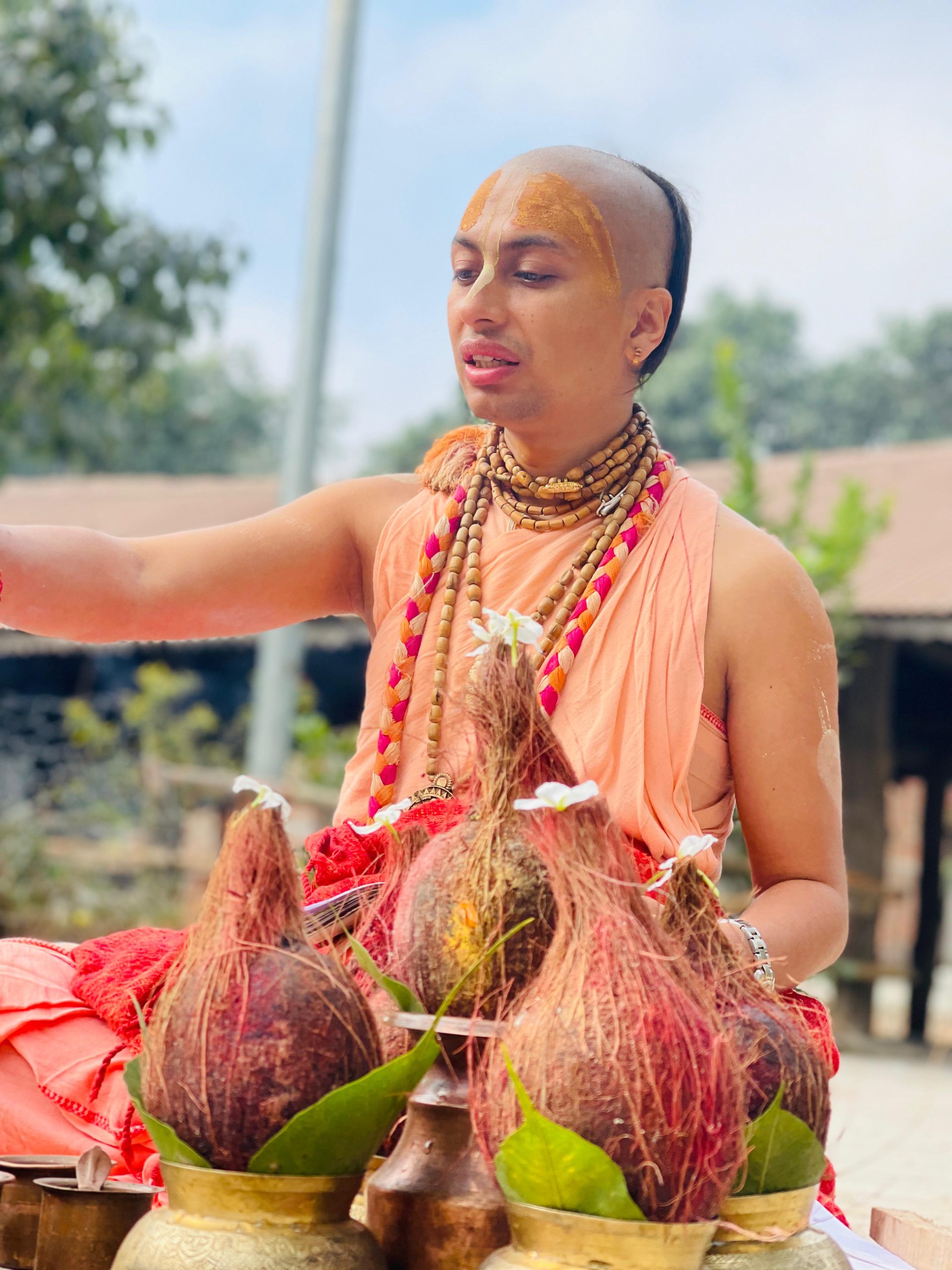
Origin of Science
The Existence of the Soul: Exploring Neuroscience, Quantum Physics and Vedic Philosophy
Temporal Relativity in Vedic Literature: An Interdisciplinary Analysis of Time Dilation Narratives
Acharya Kaṇāda: The Ancient Sage Who Discovered the Atom
Evidence of Vedic Sanātana Hinduism as a Global Dharma
Perception of Quantum Gravity and Field Theory in the Vedas
String Theory as Mentioned in Veda
Sanskrit’s Role in Advancing AI: A Comprehensive Study
The Vedic Model of the Mind: A Contemporary Exploration
Vedic Contributions to Geometry: Unveiling the Origins of Mathematics
Matter and Consciousness in Achintya Bhedābheda: Bridging with Quantum Physics
A Comprehensive Study of Aeroplanes and Aviation in Vedic Literature
Hydrology and the Water Cycle in Vedic Scriptures